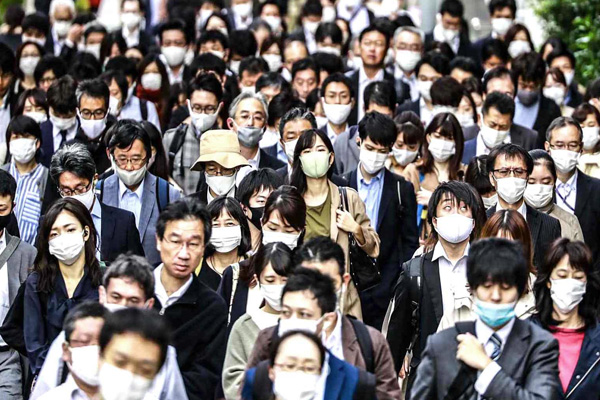MORE THAN SMACK –
May 17, 2021 – The study doesn’t cover the past year, in which the COVID-19 pandemic thrust national economies into crisis and reshaped how millions of people work. But its authors note that overwork has been on the rise for years due to phenomena such as the gig economy and telework — and they say the pandemic will likely accelerate those trends.
“Teleworking has become the norm in many industries, often blurring the boundaries between home and work,” Ghebreyesus said. “In addition, many businesses have been forced to scale back or shut down operations to save money, and people who are still on the payroll end up working longer hours.”
Also, recessions like the one the world has seen in the past year are commonly followed by a rise in working hours, the researchers said.
The study found the highest health burdens from overwork in men and in workers who are middle-age or older. Regionally, people in Southeast Asia and the Western Pacific region had the most exposure to the risk. People in Europe had the lowest exposure.
In the U.S., less than 5% of the population is exposed to long work hours, according to a map the WHO published with the study. That proportion is similar to Brazil and Canada — and much lower than Mexico and in countries across most of Central and South America.



